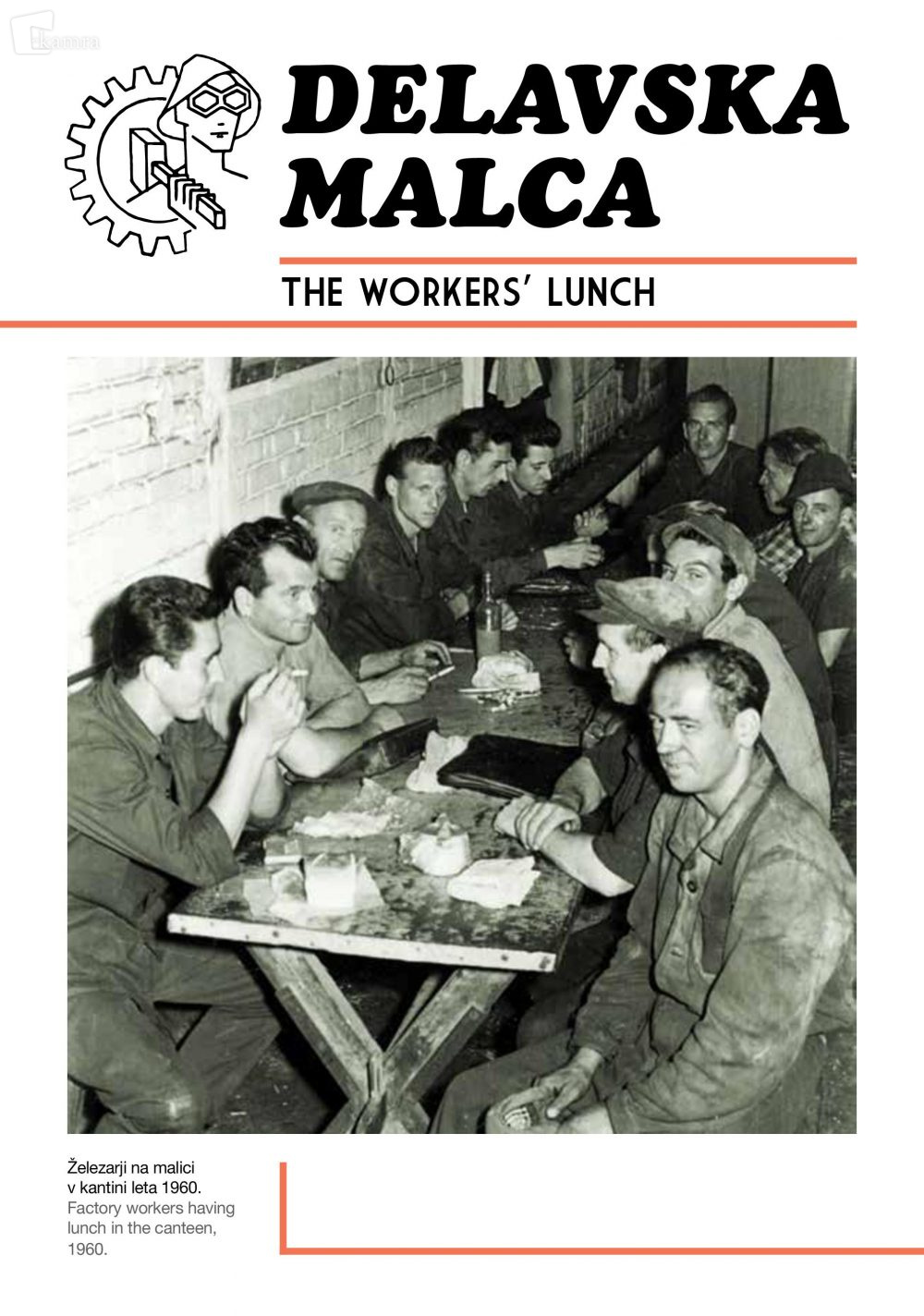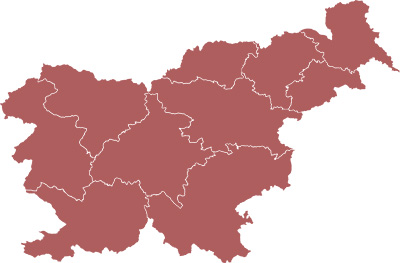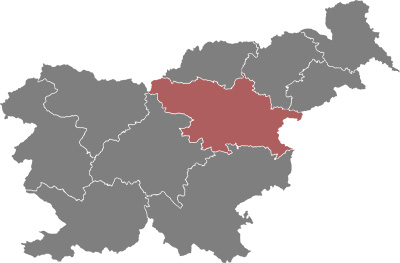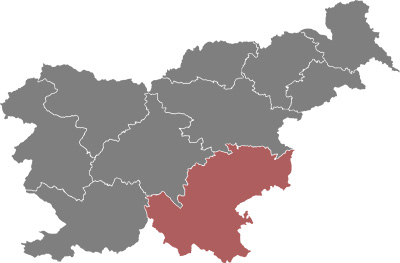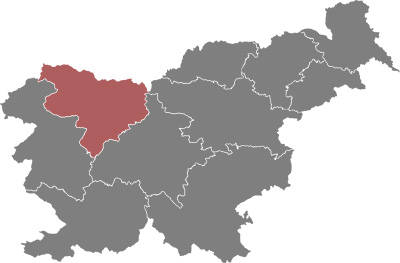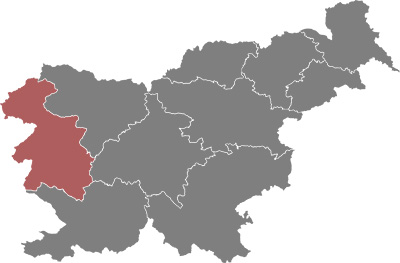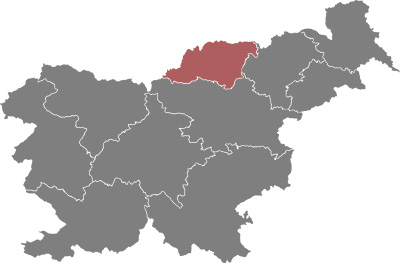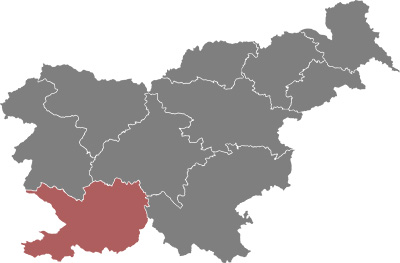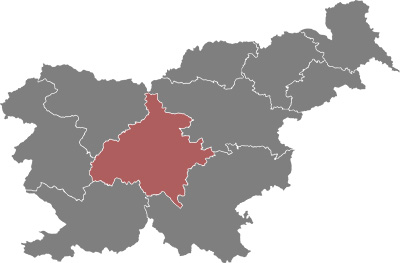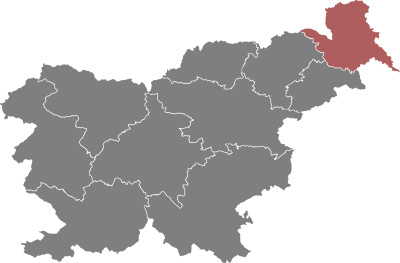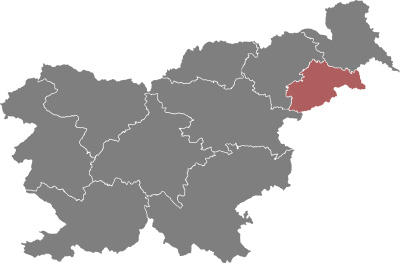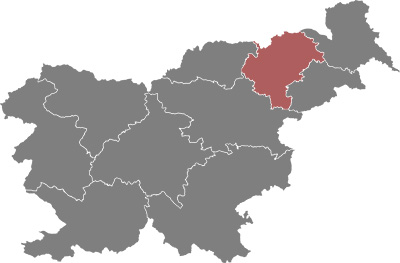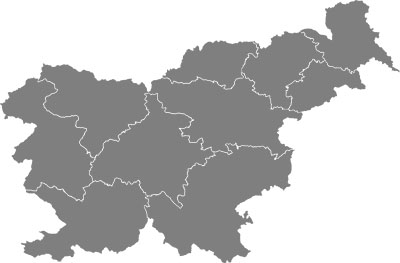As early as 1948, immigrants from the republics of the former Yugoslavia were either coming to Jesenice by themselves or the Iron Foundry representatives ‘went down to get them’ because they needed workers for the ironworks. In 1969, 15.3% of the approximately 6,300 employees of the Železarna iron foundry were immigrants from other Yugoslav republics. They brought their habits from their environment and kept them very much alive. This is clearly manifested in their cuisine, which largely contributed to the current ‘fusion food’ culinary culture of Jesenice.5 In the ‘Za naše gospodinje’ (For Our Housewives) section of the Tovarniški vestnik Factory Journal we find a sarma recipe as early as 1938. Similar to the jota of Primorska, the Železarna canteens soon offered pasulj bean stew, filled bel peppers and sarma, moussaka etc. However, only a few local housewives mastered the skills of rolling dough with the ‘oklagija’ rolling pin, so ‘pita’ pies and burek more or less remained in the domain of immigrant housewives. A very important factor in introducing Slovenes to the diet of immigrants were mixed marriages and joint work campaigns.
Menu
1. Pita or burek, Yoghurt / ayran
2. Pita kljukuša with chicken meat, Yoghurt / ayran
3. “Čorba” stew: Bosnian por or “bamija” (okra soup), Somun (lepinja) bread roll
4. Sarma rolls or dolme, Mashed potatoes, sour cream
5. Moussaka, Seasonal salad
6. Boranija or pasulj, Somun (lepinja) bread roll
7. Gravče na tavče with dried meat, Pickled pepperoni


